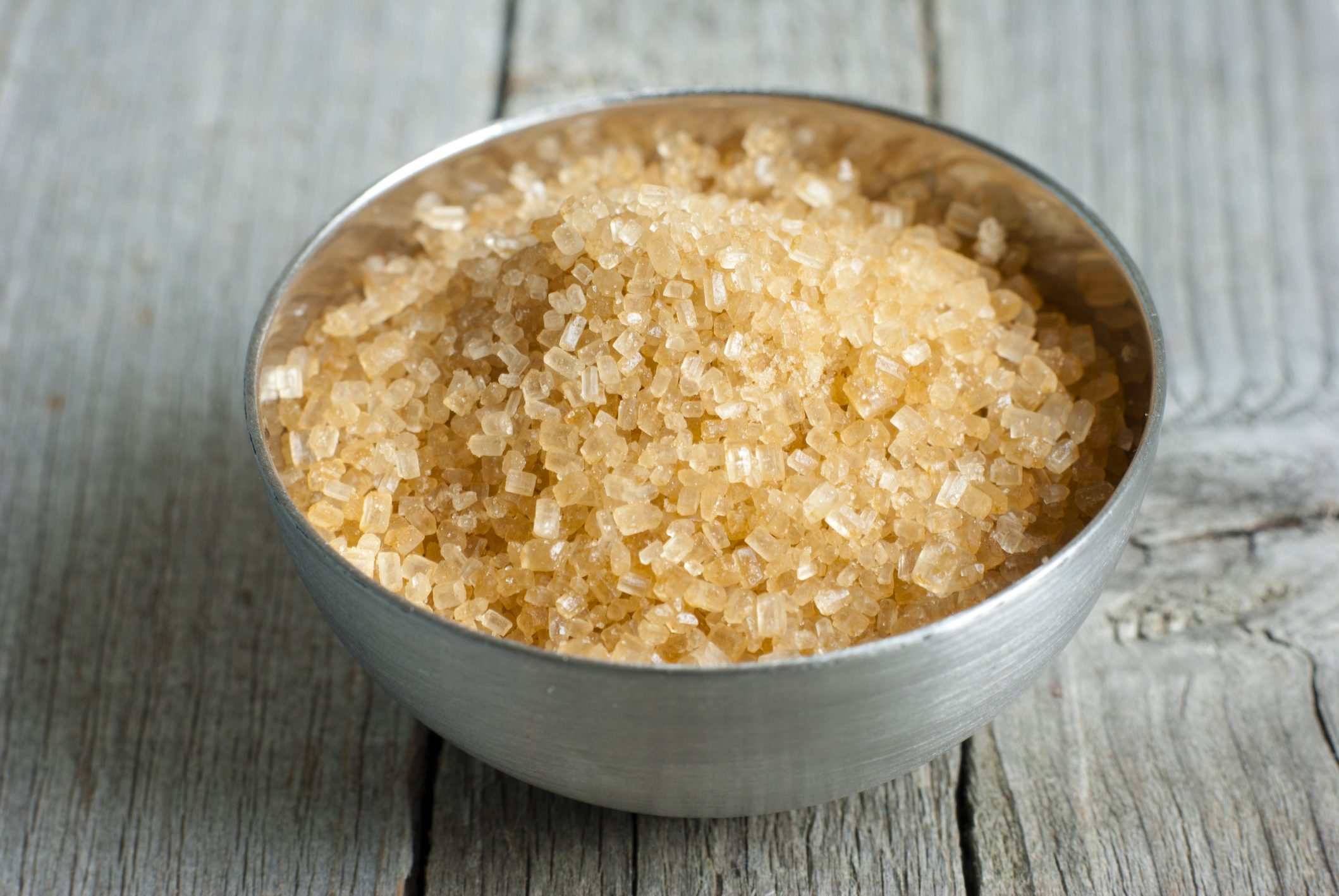Why Cane Sugar Processing Chemicals Are Important for Modern Sugar Refining
The role of walking stick sugar handling chemicals in modern sugar refining can not be overstated, as they are essential to boosting both the performance of removal and the total high quality of the end product. Representatives such as phosphoric acid and particular flocculants are employed to eliminate impurities, resulting in sugar that not only satisfies customer expectations however additionally abides by industry criteria. The implications of these chemicals extend beyond quality, touching upon market dynamics and ecological factors to consider. sugar and cane. This elevates vital inquiries concerning the sustainability of such techniques and their influence on the future of sugar manufacturing.
Duty of Handling Chemicals
The efficacy of walking stick sugar processing pivots significantly on the strategic application of processing chemicals. These chemicals play an essential function in boosting the performance and high quality of sugar extraction and refining. From the preliminary phases of juice extraction to the last purification steps, processing chemicals facilitate various vital operations.
In the extraction phase, chemicals such as phosphoric acid and calcium hydroxide are used to optimize the explanation process, helping to get rid of impurities and put on hold solids from the cane juice. This not just improves the yield yet likewise makes certain the clearness of the last product. In addition, agents like flocculants help in the quick settling of impurities, consequently simplifying the general procedure.
As the handling advancements, chemicals are made use of in decolorization and condensation stages. Turned on carbon and ion exchange materials offer to remove color and odor, guaranteeing that the polished sugar fulfills customer quality criteria. Ultimately, the function of processing chemicals prolongs beyond functional performance; they considerably affect the sensory attributes of the final product, adding to market competition. Hence, the meticulous selection and application of these chemicals are vital for achieving optimal outcomes in cane sugar processing.
Secret Types of Chemicals
Walking stick sugar processing counts on a variety of key chemicals that facilitate each phase of manufacturing. These chemicals play important duties in clearing up, lightening, and cleansing the sugar drawn out from walking stick.
One primary group of chemicals consists of flocculants, such as polyacrylamide, which aid in the explanation process by promoting the gathering and settling of impurities. In addition, calcium hydroxide is typically utilized to neutralize level of acidity and assist in the removal of non-sugar parts.
Whitening agents, such as turned on carbon and sulfur dioxide, are utilized to decolorize the syrup, leading to a clearer last product. These chemicals aid remove color substances that may influence the sugar's appearance and bankability.
Furthermore, phosphoric acid works as a pH regulator during the handling phases, making certain optimal problems for the enzymatic tasks associated with sugar extraction and purification.
Other vital agents include edta (ethylenediaminetetraacetic acid), which chelates metal ions that could catalyze unwanted reactions, and salt hydroxide, which aids in pH control throughout the refining procedure. Jointly, these chemicals enhance efficiency and make sure a premium walking cane sugar product.
Benefits for Sugar Quality
Typically neglected, making use of specific handling chemicals significantly boosts the overall quality of walking cane sugar. These chemicals play a crucial function in refining processes, ensuring that the final item satisfies stringent industry requirements for purity and taste.

Additionally, refining chemicals help in attaining a constant granulation and structure, which are important for consumer approval. By managing the crystallization process, these chemicals make sure that the sugar crystals develop uniformly, leading to a more appealing item that dissolves well in various applications.
In addition, the usage of these chemicals can boost the life span of cane sugar by minimizing moisture absorption and microbial development. Overall, the critical application of processing chemicals is necessary for providing high-grade cane sugar that meets customer assumptions and sector demands.
Environmental Impact Factors To Consider

Additionally, the energy-intensive nature of sugar refining, intensified by chemical usage, typically leads to raised carbon emissions. This adds to environment change and elevates problems relating to the sustainability of current refining practices. In addition, the sourcing of these chemicals may involve techniques that intimidate biodiversity, such as monoculture farming, which reduces the strength of farming ecosystems.

To minimize these click now influences, sugar refiners are significantly exploring sustainable alternatives and adopting finest methods that minimize chemical use. Implementing strenuous ecological monitoring systems can assist make certain that the refining procedure lines up with environmental standards and promotes biodiversity. Ultimately, a well balanced approach that focuses on both sugar top quality and environmental stewardship is essential for the lasting viability of the sugar sector.
Future Fads in Refining
As the sugar market grapples with the environmental obstacles linked with traditional refining methods, ingenious approaches are emerging to improve both performance and sustainability. One substantial trend is the adoption of eco-friendly chemistry principles, which prioritize the use of safe, naturally degradable processing chemicals. This shift not only lessens environmental effect but also addresses consumer need for cleaner manufacturing techniques.
Another encouraging growth is the application of sophisticated filtration technologies, such as membrane layer splitting up and adsorption processes. These strategies enhance the clarity and top quality of the sugar while lowering the quantity of wastewater created throughout refining. Furthermore, the assimilation of electronic technologies, including IoT and AI, is changing operational performance by enabling real-time tracking and anticipating upkeep, hence decreasing resource waste.
In addition, the use of spin-offs from sugar refining, such as bagasse and molasses, is acquiring traction. These materials can be exchanged biofuels or value-added products, adding to a round economy within the market. Jointly, these fads signal a shift towards even more lasting techniques that not just enhance functional effectiveness yet also line up with global sustainability goals, making certain the future feasibility of sugar refining.
Verdict
Cane sugar processing chemicals are crucial in modern-day sugar refining, considerably boosting the efficiency and high quality of sugar removal. The tactical use these chemicals not just boosts the purity and taste of the last item yet also guarantees regular formation and appearance. As the sector increasingly focuses on sustainability, the fostering of read the article environmentally-friendly handling representatives is likely to form future patterns in refining, inevitably causing higher quality products and extended shelf life for consumers.

Eventually, a well balanced strategy that prioritizes both sugar quality and ecological stewardship is essential for the long-lasting viability of the sugar industry.
Walking cane sugar handling chemicals are necessary in modern-day sugar refining, dramatically improving the performance and high quality of sugar extraction.
Comments on “Sugar and Cane: Unlocking the Secrets Behind Their Sweet Appeal”